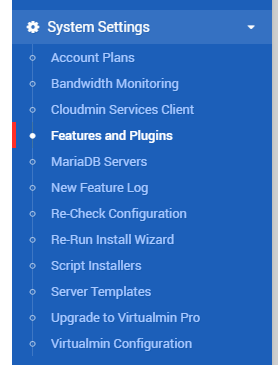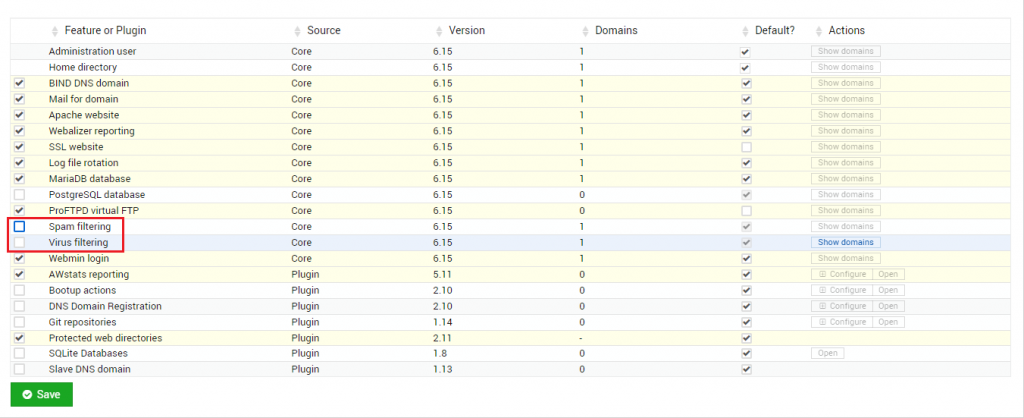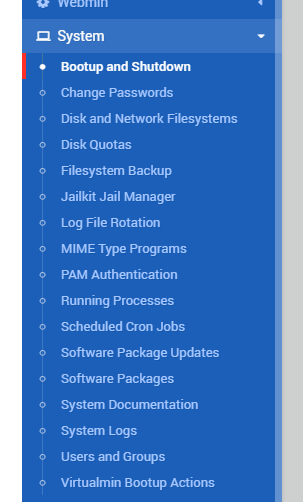If you are a mail server administrator and possibly using one of the most used open source mail server namely Exim, you might require to monitor the outgoing mails to track down a spammer. In shared web servers, you can use some regular expressions on the mail logs to trace a spammer log. But sometimes, you might fail to find a possible spammer if you have a huge amount of users in the server and a lot of users are actually spamming. Most of the cases, user’s accounts are compromised and intruders utilize the facility to send out spam.
Sometimes, a better way is to store a copy of the each mails sent using Exim and use the regular expressions on the header details to track down the original spammer. Just for the record, storing email data may breach the privacy concern if it is a public server and this should only be used to track the original spammer.
Exim can utilize 3 levels of mail filtering. I have used System Filtering to deliver a copy of each mail sent to a local mailbox. A system filter works for all the accounts and users under Exim. In Cpanel, you can set the exim filter from Cpanel >> Service Configuration >> Exim Configuration Manager >> Filter
From command line, open the /etc/exim.conf and find the line starts with “system_filter”.
By default, cpanel uses a system filter located under “/etc/cpanel_exim_system_filter”. Just for the record, this copy will always get reverted to the default on each cpanel update. We need to make a customized filter for our use. I did the following:
cp /etc/cpanel_exim_system_filter /etc/exim_system_filter_mellowhost
I made a copy of the original system filter to exim_system_filter_mellowhost. Now open the copy with your favorite text editor, mine is always nano.
Now, you need to add some simple shell script inside this custom filter using Exim filtering commands you can find here:
http://www.exim.org/exim-html-3.30/doc/html/filter_29.html
Here is a shortcode I have used:
if first_delivery
and ("$h_from:" does not contain "[email protected]")
and not ("$h_X-Spam-Checker-Version:" begins "SpamAssassin")
then
unseen deliver "[email protected]"
endif
Just for the record, “localdelivery.com” is an account I have created under the same server. I don’t own the domain neither operate it. I have used it to create a local inbox and deliver the mails for me. You just need to make sure the domain lies in /etc/localdomains. That is the local resolver for Exim and it won’t go for a dns resolution check if the domain is available under localdomains which serves our purpose. You need to make sure, you create an email account with the localdelivery.com, in my case, I created an individual inbox with “[email protected]”.
Now, here is the breakdown of the shortcode. “first_delivery” means the mail is just sent, it hasn’t been queued or relayed. “$h_from” is a variable used by exim to determine the from address from each mail header. So, I am checking whether the mail is the just dispatched from a mail user and whether the mail was ever delivered to [email protected] or not using the 2nd line where it checks if the from “does not contain” (an exim filter command) our local delivery mail address. If the line isn’t included, your mail forwarder will fall in an infinite loop and keep forwarding your own mails to yourself.
The third condition is included if you have SpamAssassin installed to check your mails for spam. SpamAssassin is an individual daemon that will check every first delivery of mails, add its spam score in the header and send the mail again. That would make Exim realize the mail is another “First Delivery”. So, if the SpamAssassin score is added, we are safely discarding them as we have already received those mails in our local inbox.
Now the production of the all clauses is very simple. It is delivering the mail as “unseen deliver” (an exim command, means make the mail unread in the inbox” to our localdelivery inbox.
How can you trace down the spammer from an aggregated inbox?
It depends on how would you like to use regular expressions and tools like “grep, awk, cut” etc. Let me give you some insight on basic.
First of all, all these mails are actually getting stored as text files under the local mail directory. In my case, it is under “/home/localdel/mail/localdelivery.com/tracker/”.
Now move your shell prompt to the folder “cur” (current mails in mail directory). If you check the files, you should see each mails are stored as one individual text file.
In my case, I usually sort the subjects first and track down if there is spammer out there. You can do that using the following:
grep -i "Subject: " *
This would result all the subject and the file name.
One of my favorite way to track down a spammer is to check for Duplicate subjects. You can do it as following:
cat *|grep "Subject: "|cut -d":" -f2|sort|uniq -c|sort -n
cut is a tool to divide the sentence using regular expression and print the part you want. In my case, I am dividing the Subject lines with “:” and printing the 2nd column which is our original subject. Now we are sorting the result alphabetically with “sort”. Counting the unique values with “uniq -c” and sorting them again from low to high using sort -n.
This was just the basic of using parsing and trace out as spammer. The more you work with the spam mails, the more you will understand. Parsing talent learns based on experience.
Happy Troubleshooting!


